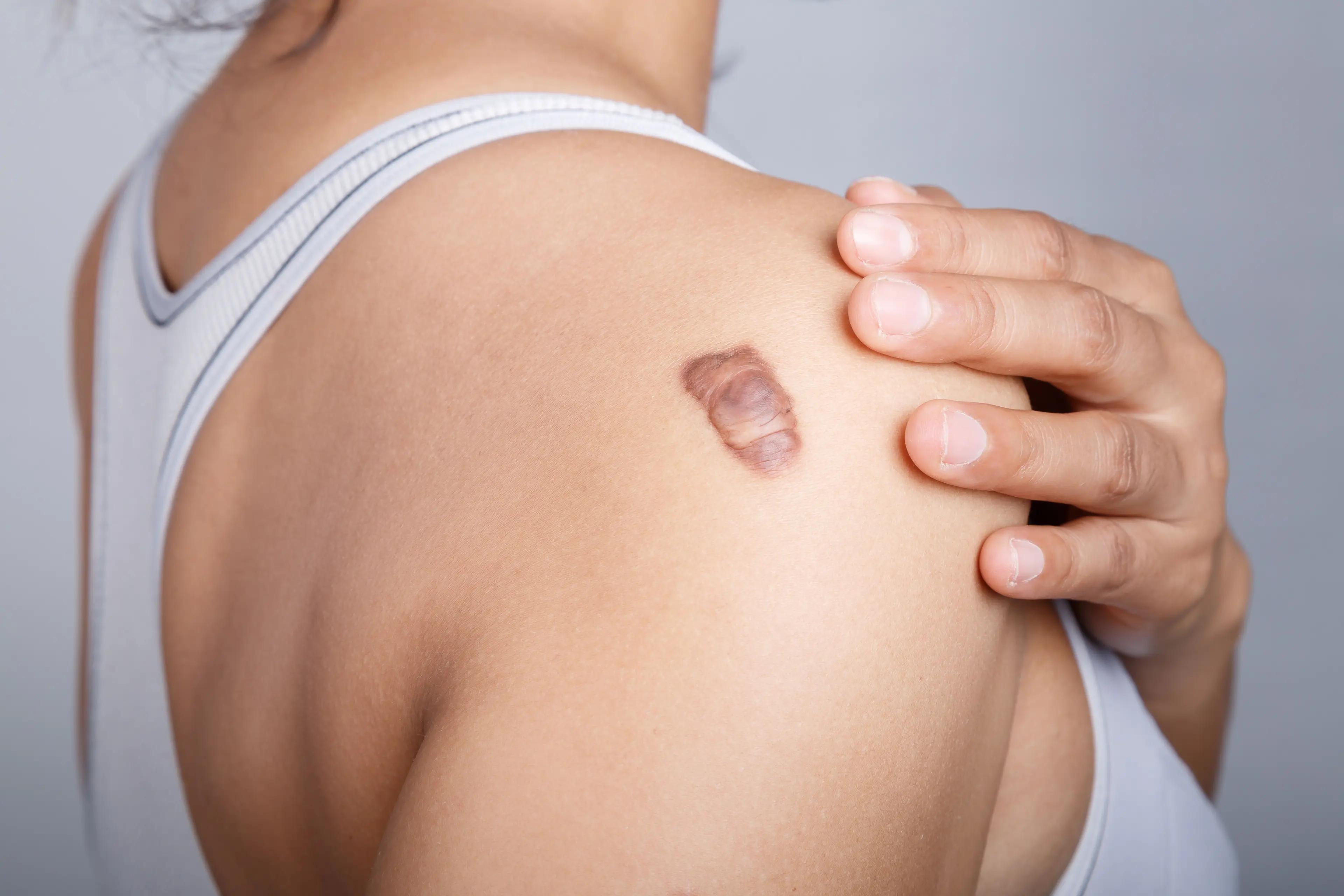- Acne
- Actinic Keratosis
- Aesthetics
- Alopecia
- Atopic Dermatitis
- Buy-and-Bill
- COVID-19
- Case-Based Roundtable
- Chronic Hand Eczema
- Drug Watch
- Eczema
- General Dermatology
- Hidradenitis Suppurativa
- Melasma
- NP and PA
- Pediatric Dermatology
- Pigmentary Disorders
- Practice Management
- Precision Medicine and Biologics
- Prurigo Nodularis
- Psoriasis
- Psoriatic Arthritis
- Rare Disease
- Rosacea
- Skin Cancer
- Vitiligo
- Wound Care
Article
Phase 3 Trial Shows Intravenous Immune Globulin Effective for Dermatomyositis
Author(s):
Patients saw improvements in the first-ever phase 3 trial of the blood therapy for the condition.
Results from a first-ever phase 3 trial evaluating intravenous immune globulin (IVIg) for the treatment of adults with dermatomyositis showed improvements in disease activity in comparison with placebo, according to results published in The New England Journal of Medicine.1
Dermatomyositis is a rare disease that causes red or purple rashes on the sun-exposed skin and eyelids, calcium deposits under the skin, muscle weakness, and trouble talking or swallowing. There is no cure, but treatments are available to relieve symptoms.
In this study, a team of researchers led by Rohit Aggarwal, MD, of the Division of Rheumatology and Clinical Immunology at the University of Pittsburgh, Pennsylvania, studied 95 patients aged 18 to 80 years with active dermatomyositis.
Patients were randomly assigned in a 1:1 ratio to receive either IVIg at a dose of 2 g/kg of body weight, or placebo every 4 weeks for 16 weeks. The primary endpoint was a Total Improvement Score (TIS) of at least 20, indicating at least minimal improvements by week 16. Scores span from 0 to 100, with higher scores specifying more significant improvements.
The key secondary endpoints included moderate improvement (TIS ≥40) and major improvement (TIS ≥60) and change in score on the Cutaneous Dermatomyositis Disease Area and Severity Index.
At 16 weeks, 79% of the patients in the IVIG group (37 of 47) and 44% of those in the placebo group (21 of 48) had a TIS of at least 20 (difference, 35 percentage points; 95% confidence interval, 17 to 53; P<0.001). The results, with respect to the secondary endpoints, including at least moderate improvement and major improvement, were generally in the same direction as the results of the primary endpoint analysis, except for the change in creatine kinase level (an individual core measure of the TIS), which did not differ meaningfully between the 2 groups.
There were 282 treatment-related adverse effects noted over the course of 40 weeks. Those included headaches (42% of patients), pyrexia (19%), and nausea (16%). There was a total of 9 serious adverse events, believed to be related to IVIG, including 6 thromboembolic incidents.
Glucocorticoids are typically offered as first-line therapy, followed by various immunosuppressants. IVIg is composed of purified liquid IgG concentrates from human plasma. It has been prescribed off-label as second- or third-line therapy for dermatomyositis, usually along with immunosuppressive drugs.
In European guidelines, it has been recommended as a glucocorticoid-sparing agent for patients with this condition. The study provided efficacy data for only one formulation of IVIg, Octagam 10%, which was approved for dermatomyositis by the US Food and Drug Administration (FDA) in 2021 based on this trial. However, in the United States, patients with dermatomyositis are treated with multiple brands of IVIg.
Reference:
1. Aggarwal R, Charles-Schoeman C, Schessl J, et al. Trial of Intravenous Immune Globulin in Dermatomyositis. N Engl J Med. 2022 Oct 6;387(14):1264-1278. doi:10.1056/NEJMoa2117912 PMID: 36198179
Newsletter
Like what you’re reading? Subscribe to Dermatology Times for weekly updates on therapies, innovations, and real-world practice tips.












